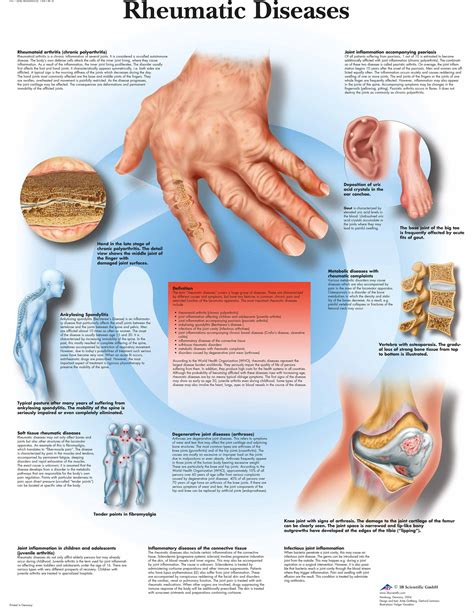Rheumatoid arthritis (RA) is a chronic inflammatory disorder that primarily affects your joints but can also impact other body systems. This autoimmune and inflammatory disease leads your immune system to mistakenly attack healthy cells, causing painful swelling in the affected areas. RA commonly targets multiple joints simultaneously, often involving the hands, wrists, and knees.
Discover the signs, causes, risk factors, and complications of rheumatoid arthritis, and learn how to prevent its development. This condition is not only limited to joint inflammation and pain; it can also affect muscles, tendons, ligaments, bones, and even internal organs. Some rheumatic diseases impact connective tissues, classifying them as connective tissue diseases.

Apart from RA, common rheumatic diseases include osteoarthritis, lupus, scleroderma, and gout—a form of arthritis where urate crystals accumulate in a joint, usually the big toe. Understanding rheumatic diseases is crucial, as they can cause pain, stiffness, and swelling in joints and other body parts.
Learn more about Rheumatoid Arthritis – Symptoms and Causes – Mayo Clinic, Rheumatic Diseases: Types Causes and Diagnosis – WebMD, Rheumatic Diseases: Types Symptoms and Causes – Healthline, Rheumatic Diseases – Centers for Disease Control and Prevention, and About Arthritis and Other Rheumatic Diseases – Johns Hopkins Medicine for detailed information on rheumatic diseases and their management.


